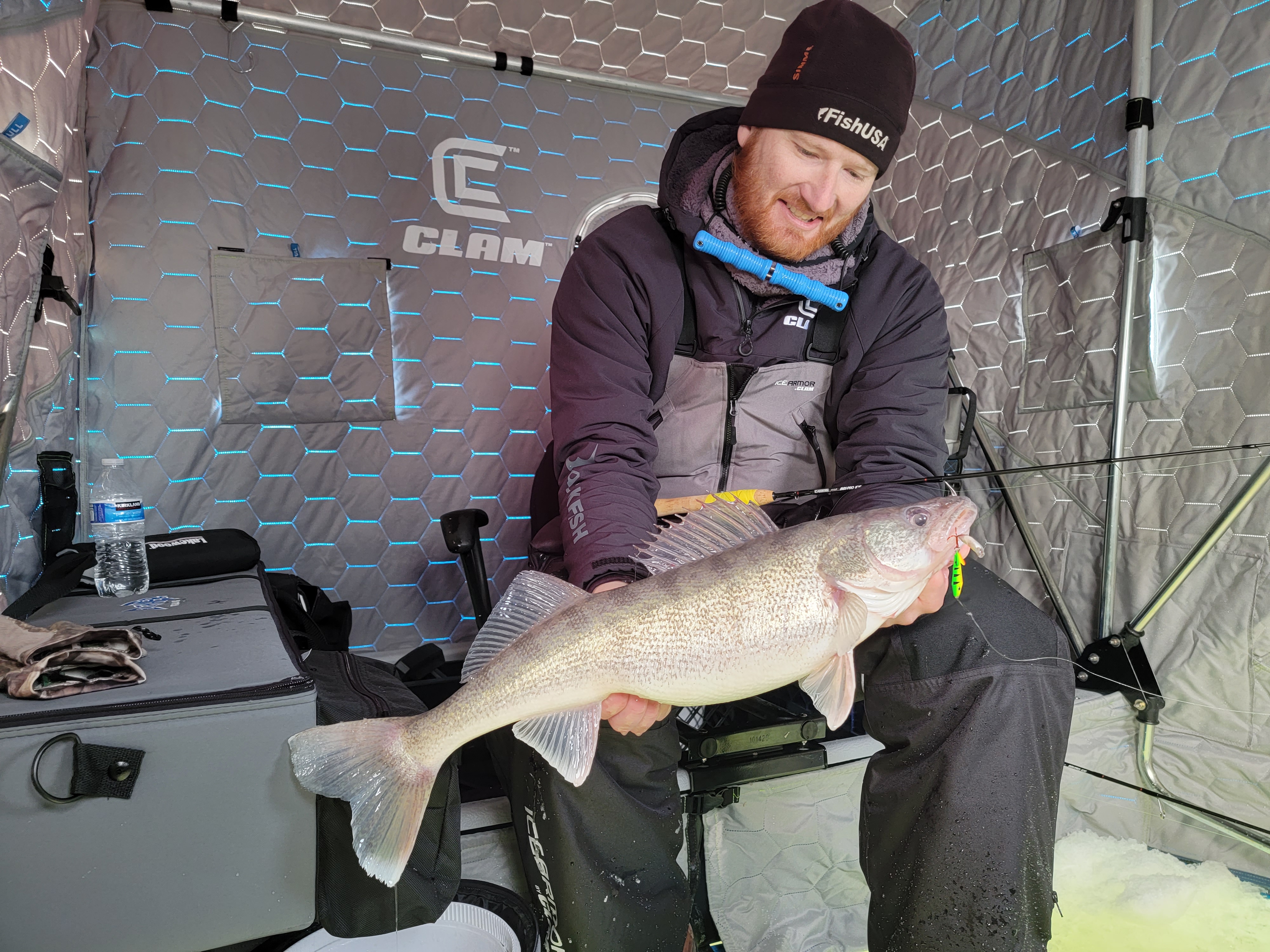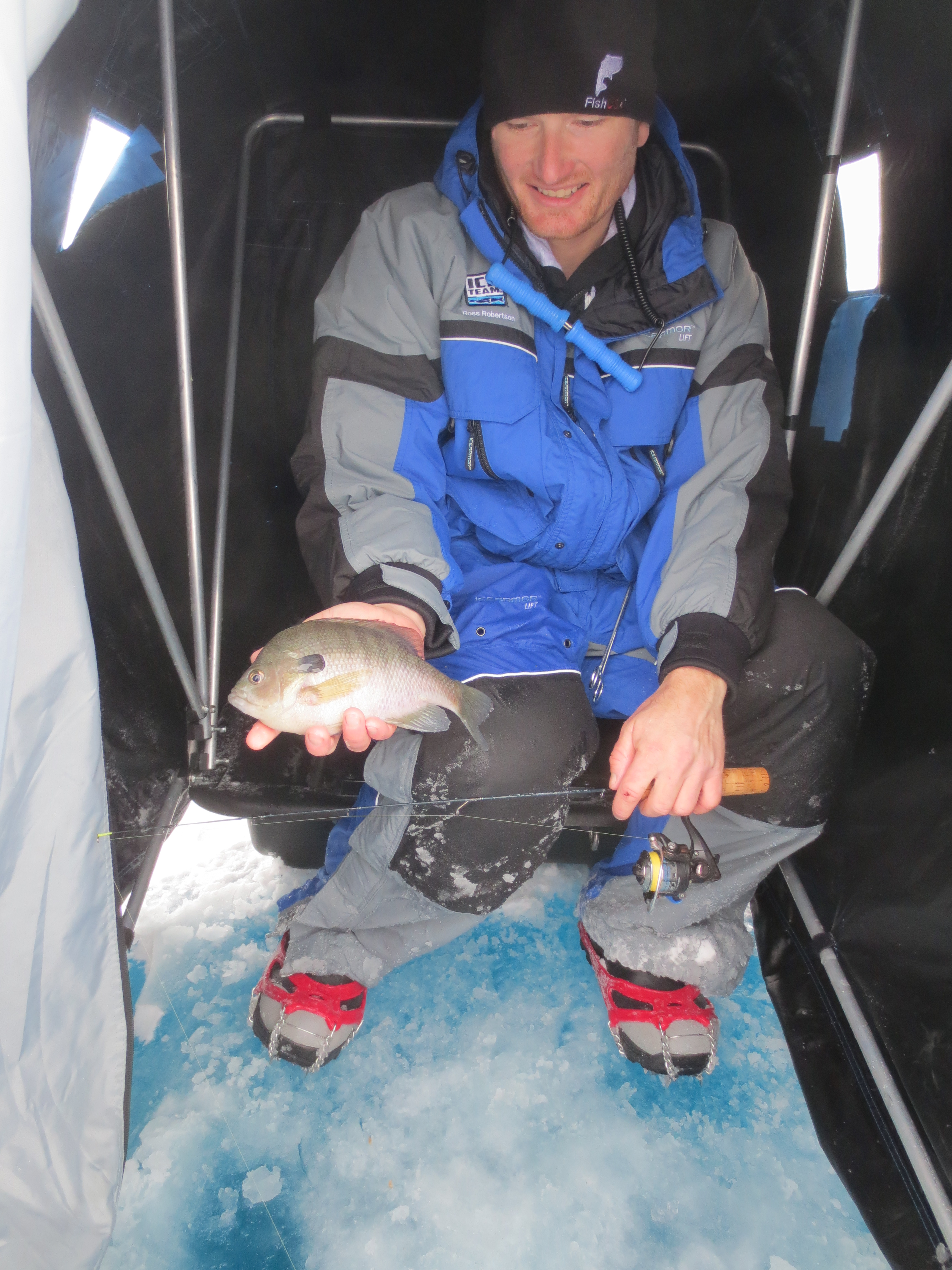When many of us hear the word safety we immediately tune it out like we're back in class and just too cool for school. The reality is that while caution needs to be exercised in all outdoor activities, ice fishing has to be at the top of that list. Having safety gear with you, and most importantly readily available, is something that each and every ice angler needs to keep in mind.
Here are seven items you should carry this ice season.
Ice Chisel
Also known to many as a spud bar, this steel bar with a sharpened end can be used to check ice thickness and for bad spots ahead of where you are walking. This will allow you to find those bad pockets or check thickness very quickly. In the case of an emergency, it can be a good tool to use for momentum to help get you back up topside. Personally, I prefer a two-piece spud bar because they typically are longer and can be used like a walking stick. They are also easier for me to check ice without hunching over. When they aren’t being used, they can be broken down for easier storage.




